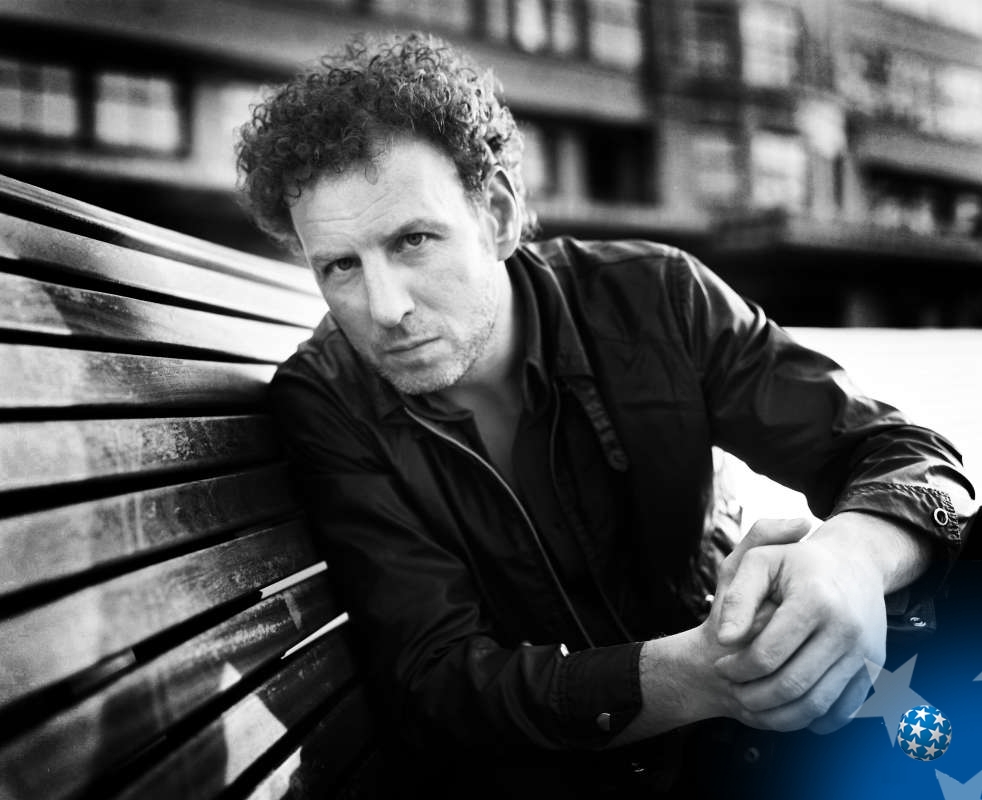“I am fascinated with the “uniqueness” of people. A performer with personality catches the eye. Technique, training and talent are a plus in the professional world of the stage, but personality, freshness, humor and empathy make the difference. No matter how many hours a day we invest in becoming performers, the “origins of theatre” as the art of understanding or feeling what another person is experiencing can never be bypassed. This is the capacity of understanding physical affection or passion.”
Wim Vandekeybus
WIM VANDEKEYBUS (1963) is a choreographer, dancer, filmmaker and photographer. He founded his dance company Ultima Vez in the mid-eighties. He made a remarkable artistic debut with his first performance What the body does not remember (1986). The performance won a Bessie, an award granted for groundbreaking work.
The central focus in his work is the irreconcilable conflict between body and mind, feeling and intellect, man and woman, nature and culture, man and animal, group and individual, illusion and reality. Vandekeybus' work is characterised by almost obsessive reiterations of one single concern: how man responds to extreme situations. In this context, he attaches special importance to what he refers to as ‘the moment of catastrophe’ - which ironically does not preclude his inclusion of humour, playfulness and even a certain jocular lightheartedness in his work.
His performances represent a transition from tensions between bodies at a purely physical level, to more complex tensions as between groups, and as between groups and individuals. He represented existing tragedies by Jan Decorte and Euripides, and also collaborated with contemporary authors such as Bart Meuleman, Peter Verhelst and Pieter de Buysser. His recent work such as Mockumentary of a Contemporary Saviour and TrapTown, reveal his overarching disquiet about the current political state of global affairs.
